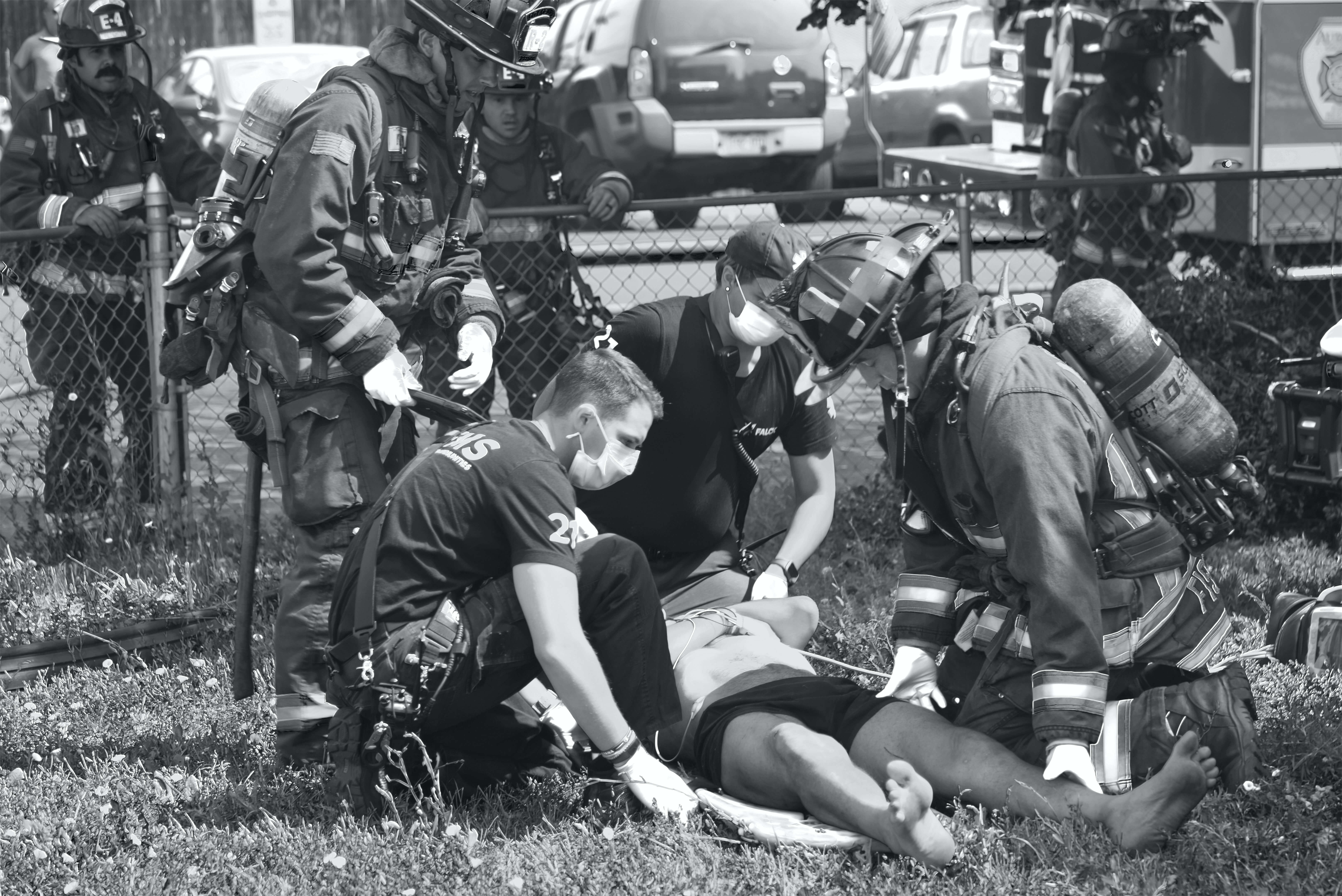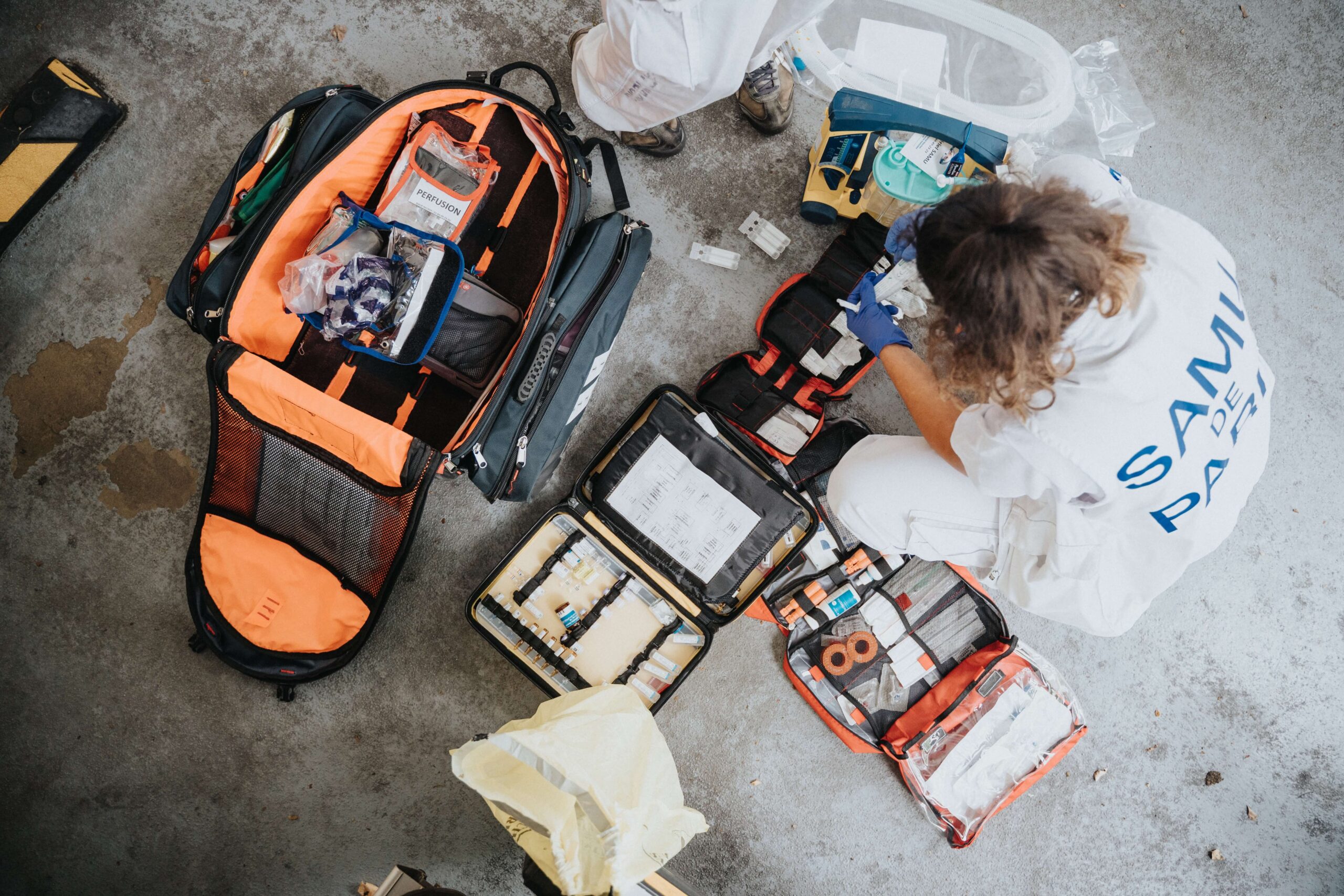Growing up, I was always interested in healthcare and helping others, but I also struggled with intense fear and anxiety. The thought of working in a high-pressure, life-or-death environment seemed impossible to me. However, as I got older, I realized that my desire to help others was stronger than my fear. This realization led me on a journey to overcome my fears and become a healthcare provider.
My journey was not easy. It required me to face my fears head-on and push myself outside of my comfort zone. Here are some of the key moments and lessons that helped me overcome my fears.
First Step: Volunteering at a Hospital
When I was in college, I decided to volunteer at a local hospital. I started by working in the gift shop and doing other non-medical tasks. However, as I got more comfortable in the hospital environment, I began to explore other areas. I shadowed nurses and physicians, helped with patient transport, and even assisted in the emergency department. This experience allowed me to confront my fears and see firsthand the impact that healthcare providers have on patients’ lives.
Second Step: EMT Training
After college, I decided to take the next step and become an EMT. This decision was a huge leap of faith for me, as I had always been afraid of working in emergency situations. However, I completed the training and started working on an ambulance. This experience was both challenging and rewarding. I learned to think quickly and work under pressure, and I developed a sense of confidence that I had never felt before.
Third Step: Nursing School
After a few years as an EMT, I decided to take another leap and become a nurse. This decision was not easy, as I was still battling with my fears. However, I knew that nursing would allow me to provide even more comprehensive care to my patients. Nursing school was intense and demanding, but it was also incredibly rewarding. I learned a lot about myself, my abilities, and my limitations.
Lessons Learned
Through my journey, I learned several valuable lessons that continue to guide me as a healthcare provider. First, I learned that fear is a natural part of the human experience, and it’s okay to feel afraid. What’s important is how we respond to our fear.











